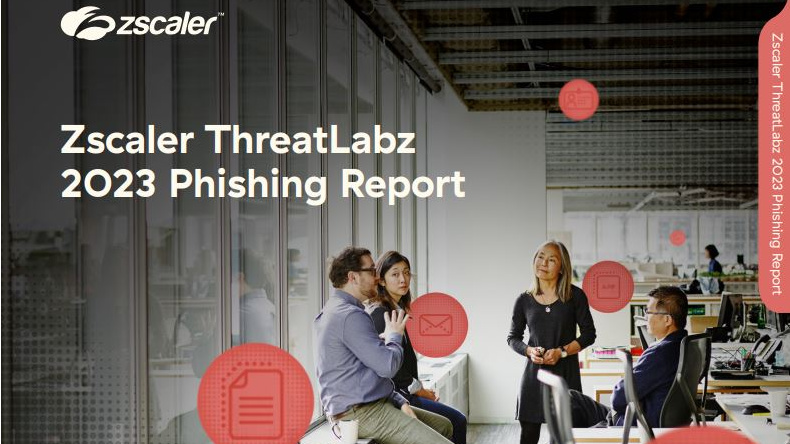Two-thirds of ethical hackers using generative AI in bug hunting
The report found that more and more ethical hackers are leveraging generative AI tools


Generative AI tools are being used by a growing number of ethical hackers to support their work hunting for vulnerabilities, according to a new report.
A study from bug bounty platform HackerOne found that over half of ethical hackers participating in programs use generative AI in some capacity.
Nearly two-thirds (61%) said they are actively using and developing generative AI-based hacking tools in a bid to find more vulnerabilities, expand capabilities, and streamline efficiency.
The use of generative AI tools aren’t just limited to the technical aspects of bug hunting, HackerOne revealed.
Two-thirds (66%) of ethical hackers said they plan to use generative AI to write better reports while 53% said the technology is being used to support writing code.
One-third (33%) said generative AI is also being used to “reduce language barriers” for bug hunters.
Despite an appetite among ethical hackers to integrate generative AI tools within workflows, HackerOne’s study pointed to a lingering hesitancy among many with regard to long-term security risks.
Get the ITPro daily newsletter
Sign up today and you will receive a free copy of our Future Focus 2025 report - the leading guidance on AI, cybersecurity and other IT challenges as per 700+ senior executives
More than one-quarter (28%) of hackers told the firm they were particularly concerned about criminal exploitation of generative AI tools while 18% held concerns over a potential increase in insecure code.
Nearly half (43%) of hackers said that generative AI could lead to an increase in vulnerabilities moving forward.
Generative AI LLM bug hunting
HackerOne’s study also revealed that 61% of program participants plan to specifically target vulnerabilities identified in the OWASP Top 10 flaws for large language models (LLMs).
RELATED RESOURCE

Learn about the tactics used in phishing attacks and prevent costly data breaches from affecting your organization
DOWNLOAD NOW
OWASP recently published its top ten vulnerabilities for LLM applications. The most common vulnerabilities identified included prompt injection, in which an attacker manipulates the operation of an LLM through specifically crafted inputs.
Generative AI-related supply chain vulnerabilities were also highlighted in the list.
OWASP has determined that the LLM supply chain has glaring vulnerabilities which have the potential to impact the “integrity of training data, machine learning (ML) models, and deployment platforms”.
“Supply chain vulnerabilities in LLMs can lead to biased outcomes, security breaches, and even complete system failures,” HackerOne said.
Record payouts for bugs
This news from HackerOne comes as the bug bounty platform announces a payout milestone for users.
The firm revealed that since its inception in 2012, it has paid out over $300 million in rewards to security researchers. The size of payouts have also been steadily rising in recent years, HackerOne said.
The median price of a bug on the HackerOne platform has now reached $500, marking an increase from $400 in 2022.
More than two dozen researchers have also been paid over $1 million in rewards, HackerOne said, with the largest payout of $4 million announced in August.

Ross Kelly is ITPro's News & Analysis Editor, responsible for leading the brand's news output and in-depth reporting on the latest stories from across the business technology landscape. Ross was previously a Staff Writer, during which time he developed a keen interest in cyber security, business leadership, and emerging technologies.
He graduated from Edinburgh Napier University in 2016 with a BA (Hons) in Journalism, and joined ITPro in 2022 after four years working in technology conference research.
For news pitches, you can contact Ross at ross.kelly@futurenet.com, or on Twitter and LinkedIn.
-
 Should AI PCs be part of your next hardware refresh?
Should AI PCs be part of your next hardware refresh?AI PCs are fast becoming a business staple and a surefire way to future-proof your business
By Bobby Hellard
-
 Westcon-Comstor and Vectra AI launch brace of new channel initiatives
Westcon-Comstor and Vectra AI launch brace of new channel initiativesNews Westcon-Comstor and Vectra AI have announced the launch of two new channel growth initiatives focused on the managed security service provider (MSSP) space and AWS Marketplace.
By Daniel Todd
